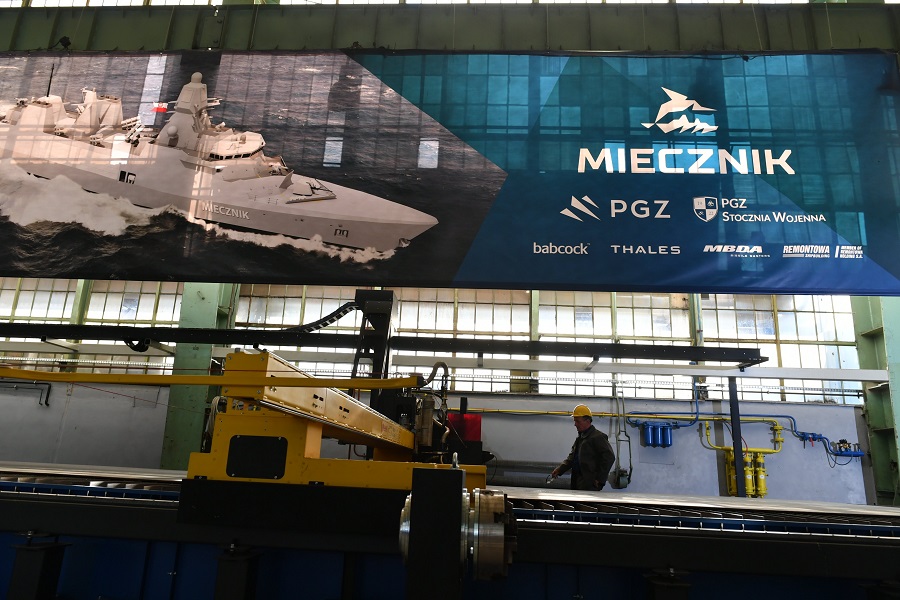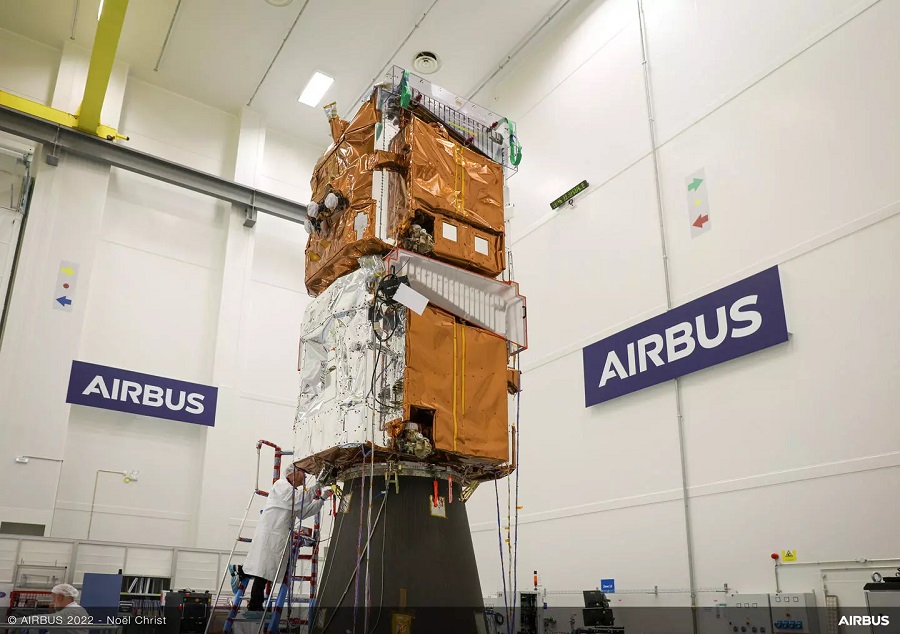This ceremony signifies a new phase in the Miecznik program’s execution. Poland has chosen Babcock International’s Arrowhead 140 frigate design for its new Miecznik-class frigates.

PGZ Stocznia Wojenna (PGZ Naval Shipyard) is collaborating with defence companies Babcock, MBDA, Thales, and Remontowa Shipbuilding to build three modern Miecznik frigates for the Polish Navy. This effort is part of the largest contract ever awarded to the Polish shipbuilding industry. The construction of the first frigate is projected to be completed by 2026.
Miecznik-class frigates are anticipated to enhance the capabilities of the Polish Navy, enabling a wide array of tasks at sea, including the protection of shipping routes and critical infrastructure. Equipped with modern radar, artillery, and missile systems, the multi-purpose frigates will provide the Polish Navy with enhanced operational options in Polish waters and during missions and exercises conducted with NATO allies.
In the meantime, Polska Grupa Zbrojeniowa (PGZ) has entered into a strategic agreement with the UK’s Babcock International to establish a joint venture, reinforcing the strategic partnership between the two companies.
This new entity is intended not only to facilitate more efficient collaboration in the Miecznik program, involving the construction of a Polish frigate and potential broader international opportunities, but it also aims to create a foundation for partnership in other programs. This will be achieved by optimizing the resources, capabilities, and infrastructure of both collaborating parties.


























